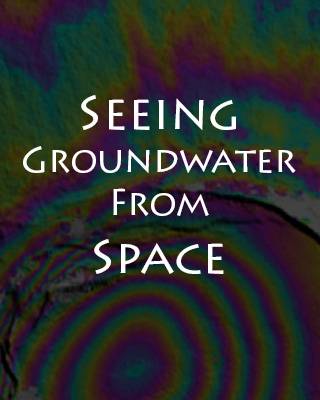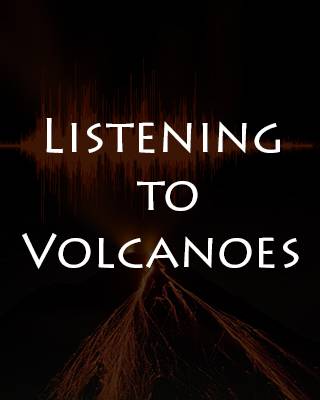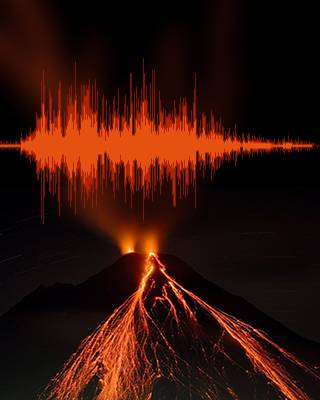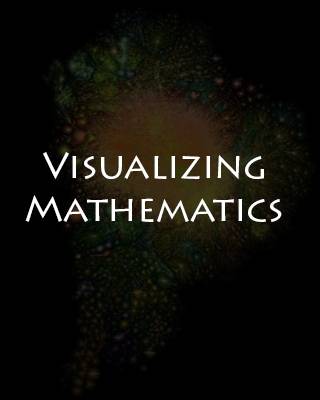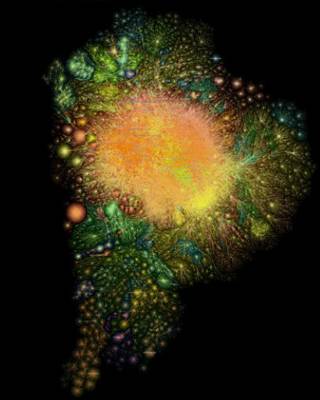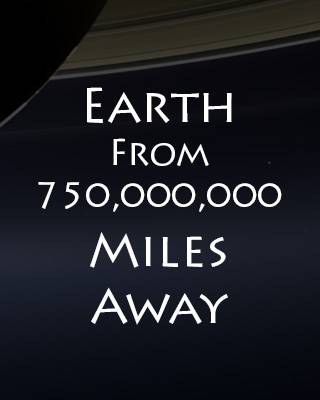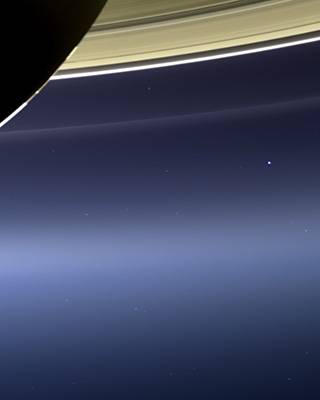The Stanford School of Earth, Energy & Environmental Sciences is now part of the Stanford Doerr School of Sustainability.
This page is currently being maintained for archival purposes only. For the latest information, please visit us here.

"All our knowledge begins with the senses, proceeds then to understanding, and ends with reason." -Immanuel Kant
Science begins with observation. Millions of years of evolution have given us incredible senses to analyze our planet. We look, listen, touch, smell, and, in certain non-poisonous situations, taste the world around us and use that data to inform our perceptions of the world.
As good as our senses are, they still have their limitations. We can only see a small fraction of light’s full spectrum; we can only hear sounds within a relatively narrow envelope. But in combination, our senses unlock our world in amazing ways. We don’t just savor the sight of snow-capped mountains, we feel the cold air in our lungs and breathe in the aroma of pine and dried leaves. We don’t just watch the waves crash against the shore, we listen to their rhythmic beat and feel the coarse sand beneath our toes. Our knowledge of our environment is deepened when more of our senses are engaged.
To better understand our planet, geoscientists turn to strange and wonderful methods to improve our sensory perception. These approaches are creative, often crazy-sounding, and at times seemingly the stuff of imagination. But, as the legendary Dr. Seuss put it:
Think left and think right, think low and think high. Oh, the thinks you can think up if only you try.
Welcome to Sensory Earth.
My name is Miles Traer, and I’m a geoscientist. Below, I present four short stories (and more to come) about how Earth scientists see water buried hundreds of feet underground from hundreds of miles above, listen to screaming volcanoes, visualize mathematics in breathtaking beauty, and gaze upon our planet from 750 million miles away. So perk up your senses and open your imagination… it’s time to explore.


